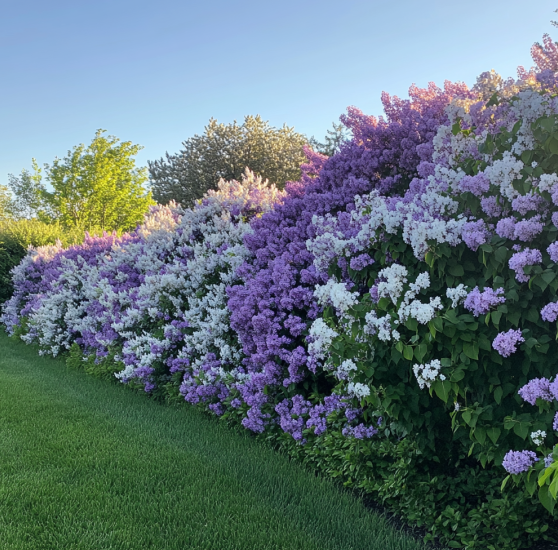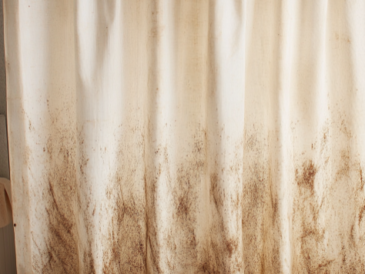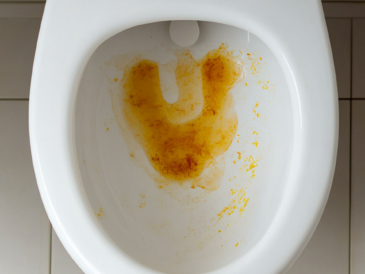Lilacs are synonymous with the fragrance of spring, filling the air with their sweet scent and providing stunning floral displays. Whether you’re maintaining an old lilac or nurturing a newly planted one, knowing how and when to prune these beauties is key to ensuring brilliant blooms year after year. With a little TLC, your lilacs can become the star of your garden for generations. Here’s how to keep your lilacs thriving with the right pruning techniques and timing.
The Sweetness of Spring Lilacs 🌼🌿
Lilacs (Syringa vulgaris) are enchanting, multi-stemmed shrubs that bloom in early spring on last year’s wood. Their flowers burst forth in magnificent clusters, offering vibrant purples, pinks, and whites, accompanied by a signature fragrance. But to ensure a bountiful display every spring, it’s crucial to prune them correctly — at just the right time.
Hot Tip 💡: Only prune your lilacs right after they finish blooming to avoid cutting off next year’s flowers. Pruning at the wrong time can drastically reduce the number of blooms the following year.
🌸 Lilac Pruning Step #1: Harvesting for Bouquets
Nothing beats bringing the fragrant beauty of lilacs indoors! When harvesting lilac blooms for bouquets, follow these pruning tips to stimulate next year’s flowers.
- How to Prune for Bouquets: Cut lilac stems just above a set of leaves that have not yet bloomed. This ensures that next spring, the remaining shoots will bloom.
- Why This Works: Each shoot left after pruning will develop into next year’s fragrant flowers. Not only will you enjoy gorgeous bouquets, but your lilac will reward you with even more blooms next season. 🌸
How to Make Lilac Bouquets Last Longer:
- Choose panicles where ¾ of the blooms are open.
- Harvest in the cool morning and place stems immediately into fresh, cool water.
- Remove all leaves to prevent water loss. 🌿 If you prefer greenery, keep the leaves on separate stems.
- Place the bouquets in a cool area, out of direct sunlight, to preserve their beauty.
More Lilac Flower Uses: Did you know lilac flowers are edible? Use them to elevate your culinary creations by drying them for teas, infusions, or garnishing salads and desserts. 🌸💜
🌿 Lilac Pruning Step #2: Removing Old, Unproductive Wood
Lilacs can live for generations, but over time, some wood becomes unproductive. Old stems, especially those over 2 inches in diameter, should be pruned to encourage new, vigorous growth.
- Why Prune Old Wood: Thick, aged wood produces fewer blooms and hinders the shrub’s overall performance.
- How to Prune: Use loppers or a hand saw to remove these thick, older stems. Focus on encouraging young, productive shoots about ½ to ¾ inches thick, as they will yield the most flowers.
🌳 Lilac Pruning Step #3: Airflow & Health Maintenance
After you’ve enjoyed the fragrant blooms, it’s time to tidy up your lilac to ensure good airflow and prevent disease. Here’s how to do it:
- Remove Faded Flowers: Cut off any spent flowers to keep the plant looking neat and to encourage its energy to go toward next year’s buds.
- Prune Damaged or Diseased Branches: Inspect your shrub for any dead, damaged, or diseased wood. Removing these branches helps maintain the overall health of your lilac.
- Increase Airflow: Remove inward-facing branches that crisscross within the plant. This improves airflow, which helps prevent fungal diseases.
Annual Maintenance Tip: Lilacs don’t require extensive pruning in their first few years. Let them grow and establish themselves, then start regular pruning as soon as they begin flowering.
🌸 How to Rejuvenate an Old Lilac Shrub
Lilacs can live well over 100 years, and it’s not uncommon to stumble upon an overgrown lilac hedge that has been forgotten over time. While older lilacs may look unkempt, they are often still productive, especially at the outer tips of branches. If you inherit or discover one of these aging shrubs, you have three options:
- Leave It Be: If the shrub isn’t posing a danger or obstructing your landscape, you can simply allow it to bloom year after year.
- Archeological Pruning: This involves carefully exposing the older, twisted branches while pruning back overgrowth. It’s a labor of love that can reveal the beauty of a historic lilac.
- Rejuvenate the Shrub: For a more drastic transformation, prune back no more than 1/3 of the shrub each year. This method will gradually rejuvenate the plant and bring it back to full, glorious health. 🌿
Pruning Tips for Maximum Lilac Bloom Production 🌸
Lilacs are fairly easy-going, but they do benefit from regular care. To maximize bloom production and maintain a tidy appearance, follow these key tips:
- Prune Right After Blooming: This is the most important rule! Lilacs bloom on old wood, meaning next year’s flowers start forming right after the current year’s blooms fade.
- Remove Old Wood: Focus on removing stems thicker than 2 inches to make room for younger, more productive shoots.
- Promote Air Circulation: Clear out crossing branches and prune to encourage outward growth. This ensures your lilac stays healthy and vigorous.
🌸 Wrap-Up: Pruning for Lilacs’ Longevity 🌿
Lilacs, with their stunning flowers and unmatched fragrance, are worth the effort it takes to prune them properly. By knowing when and how to prune, you can ensure brilliant blooms year after year. Whether you’re cultivating a new lilac or restoring an old one, follow these pruning steps for maximum flower production and a healthy, vibrant shrub. 🌸



